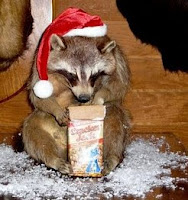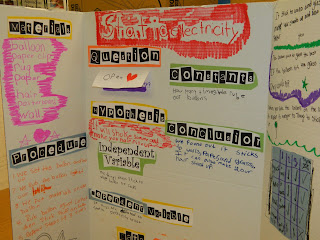Worm Goo
Here's a fun activity that I did on Enrichment Day at our school. My school has been reading Eric Jensen's book Teaching with Poverty in Mind. In the book, Jensen talks about making sure that we are enriching our students minds - through art, music, woodworking, dance, crafts, etc... Our students were given the choice to sign up for two classes ranging from chess to hip-hop dancing. I, naturally, taught a science course and had 20 eager second and third graders who were so excited to investigate. I had bought some Worm Goo from Steve Spangler at http://www.stevespanglerscience.com/ / You can buy all different kinds - blue, green, red, black...even glow in the dark for about $6.99. Not a bad price for a ton of fun! We started off the day watching some of Steve's videos on You Tube from when he was on the Ellen show. The kids giggled and were amazed as we watched all the things he had to show us. Trust me...some of the things he does are crazy!! Then we explored: As y







